Blog - OUR MARKETS - Renewable energy potential
 The increasing demand for energy, the availability and cost of oil and issues of pollution make alternative sources of renewable energy essential.
The increasing demand for energy, the availability and cost of oil and issues of pollution make alternative sources of renewable energy essential.
Consumption of renewable energy has grown worldwide due to government incentives and requirements for renewable energy and the desire to switch to cleaner fuel in order to protect the environment. Sun and wind energy can be transformed into electricity that can be used directly or fed into the grid according to national regulations.
Celduc® relais’ expertise is focused on developing and offering solutions for the renewable energy market, especially photovoltaic cell manufacturing that we have already introduced to you in a specific blog post.
celduc® relais also offers solution to monitor and control the efficiency of renewable energy plants. Here are some of the most common applications for Solar Energy, Wind Energy and Biomass Energy.
 Solar photovoltaic panels capture sunlight and convert it directly into electricity, which can power a small device or sent into the grid to be distributed to a utility’s customers.
Solar photovoltaic panels capture sunlight and convert it directly into electricity, which can power a small device or sent into the grid to be distributed to a utility’s customers.
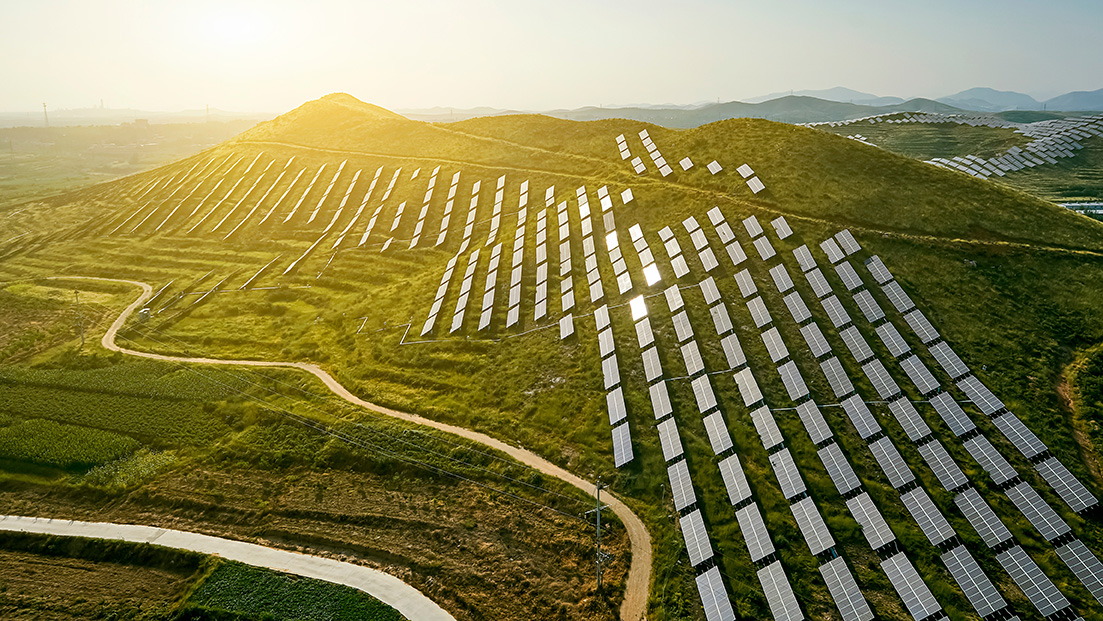 A solar farm is a large collection of photovoltaic (PV) solar panels that absorb energy from the sun, convert it into electricity and send that electricity to the power grid for distribution and consumption.
A solar farm is a large collection of photovoltaic (PV) solar panels that absorb energy from the sun, convert it into electricity and send that electricity to the power grid for distribution and consumption.
celduc’s products are used in solar farms for several applications :
–Winter overvoltage protection of converters : winter has specific effects on the operation of a solar PV system, like DC overvoltage due to low temperature.
–No-load protection of converters : as converters destroy themselves if there is no load
–Efficiency boosters : solar power boosters are designed to increase the output of a PV panel.
Celduc’s DC IGBT Solid State Relays, SCI range, can be used in this system.
Globally celduc’s products ensure an important contribution to the maximum capacity utilization of the solar electricity produced in photovoltaic power plants, especially plants equipped with tracking systems.
![]()
Solar tracker is a device for orienting a solar photovoltaic panel toward the sun. The sun’s position in the sky varies both with the seasons and time of day as the sun moves across the sky.
Solar powered equipment works best when pointed at or near the sun, so a solar tracker can increase the effectiveness of such equipment over any fixed position.
A dual axis tracking system is a system that follows the sun in multiple angles ensuring that the sunbeam angle is 100% correct on the panel. Tracking the sun can be done in 2 axes : azimuth and elevation.
DC reversers are used for the DC motors of the tracking systems to reverse the rotational direction.
celduc® relais offers a complete range of reversing switches for DC motor control :

Ready to use and mounted on a DIN rail, the XKRD30506 module consists of four Solid State relays pre-wired as a reverser to be used to change the direction of a DC motor (100W @ 24Vdc). Control voltage ranges from 7 to 30VDC and this module can switch up to 5A/60VDC.
A voltage clamp device is integrated and offers an input-output insulation of 2500VRMS.
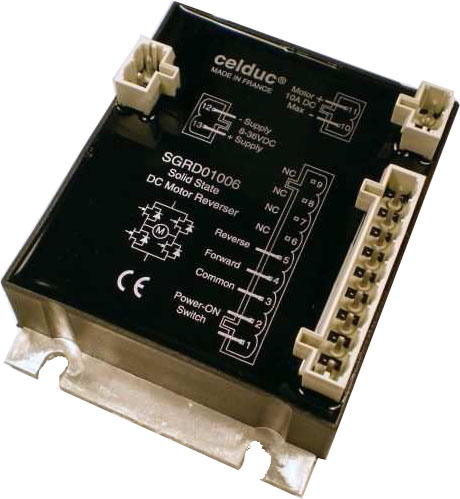 The SGRD inverter includes all the control electronics as well as short-circuit protection and lockout to prevent the two rotation directions from being gang-operated. Control voltage ranges from 8 to 36VDC and this SSR can switch up to 10A/60Vpk.
The SGRD inverter includes all the control electronics as well as short-circuit protection and lockout to prevent the two rotation directions from being gang-operated. Control voltage ranges from 8 to 36VDC and this SSR can switch up to 10A/60Vpk.
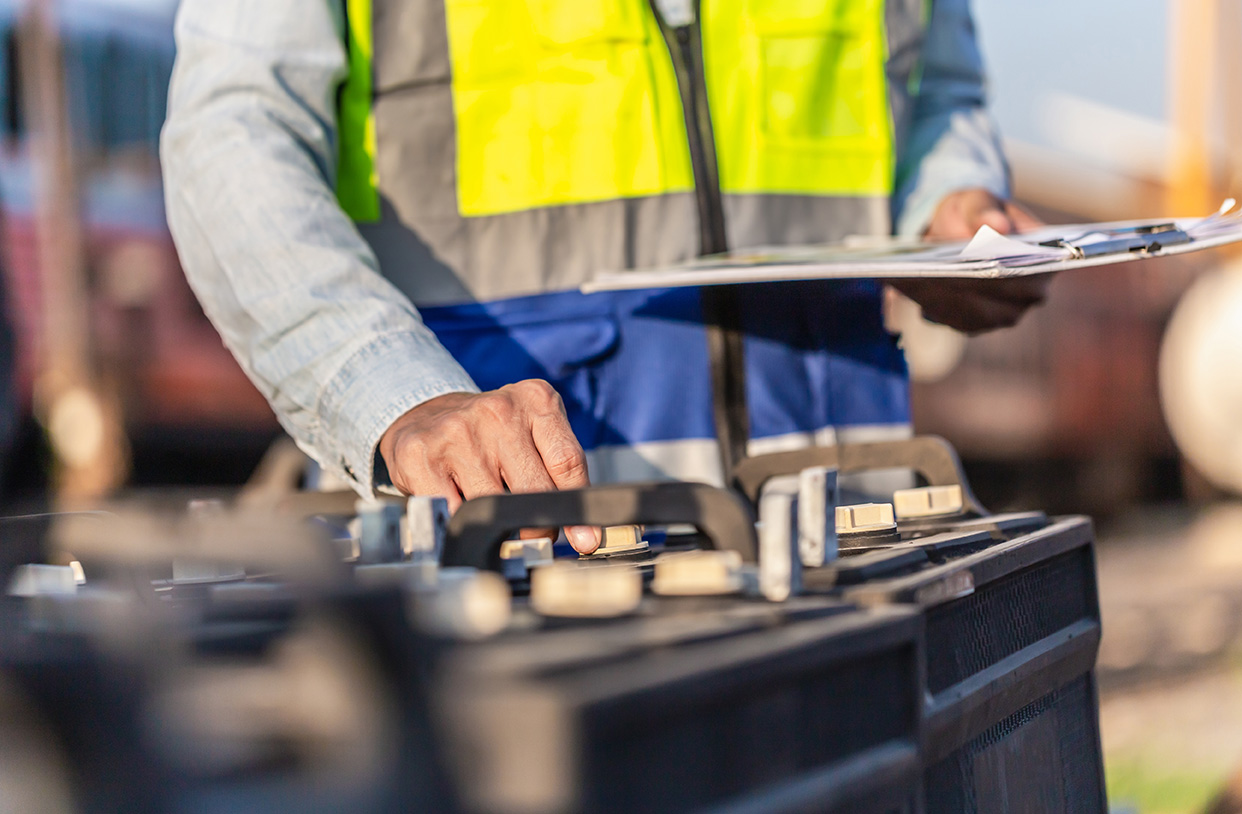
PV energy is generated during the day, while the user generally consumes it during the evening. So it is worth to have an energy storage system on site.
These are exciting new markets for relay technologies, but they come with a need for new switching solutions. Higher switching capacities and smaller dimensions – these are the demands relays are facing today. Switch solutions that can handle the high currents involved in energy management systems are becoming paramount. Celduc’s range of DC Solid State Relays is currently up to 1200Vdc and 150A.
DC SSRs are used to switch charge and discharge. We recommend the use of solid state relays as relays that are used for charging and discharging batteries must naturally be able to carry high currents over a longer period of time, with frequent ON/OFF switching. DC solid state relays can solve the intermittent and unstable problems brought by the grid connection of energy storage and power generation and ensure the reliabilty of the power supply of the microgrid system.
Half of the world population lives in areas not covered by electrical supply networks and this will probably remain the same for a long time. Such a situation is possible in industrialized countries – in mountainous areas, for example – as well as in the less developed ones. More than just a technological alternative, solar energy very often constitutes the only electrification possibility of the remote sites.
Very often, our electricity needs do not match the sunshine hours, or require a regular intensity (for instance, for lighting or refrigerator supply). In this case, we equip the battery system with accumulators which allow to store electricity and to restore it at appropriate times. A controller is essential in order to protect the batteries from overload or discharges which are harmful to them.
Principle of operation :
Fields of applications :
What celduc products to offer?
The suitable solutions are DC relays to switch on/off the battery when needed – during the night the electricity is supplied by the battery (which has been charged during the day).
 People have been using windmills to utilize the wind’s energy for a long time, but today wind turbines are used to capture that energy and turn it into electricity.
People have been using windmills to utilize the wind’s energy for a long time, but today wind turbines are used to capture that energy and turn it into electricity.
Wind turbines consist of a large tower and several blades that use the power of the wind to spin. The blades are connected to a shaft that spins a generator in order to create electricity.
Like solar energy, power generated with wind can either be used for a specific application such as pumping water or powering a farm, or transferred into the electrical grid to meet other energy needs.
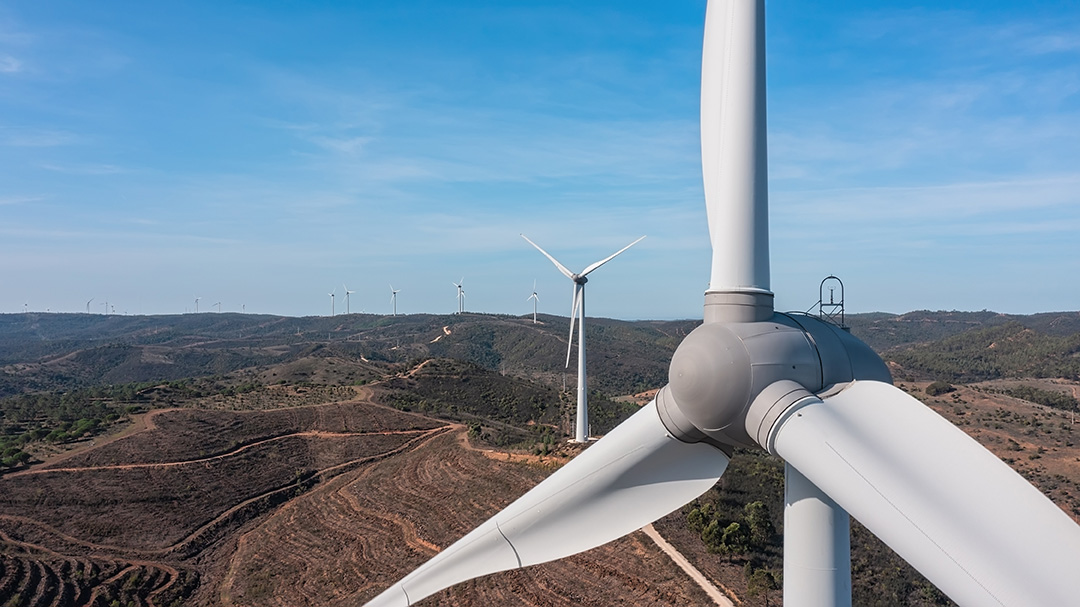
There are many different heating methods that have entered the market throughout the years to heat wind turbine blades during the curing process.
Hot air blowers or kilns are less and less used because they are expensive to buy and expend a lot of energy and electricity.
Heating blankets are a modern approach to curing wind turbine blades and are an energy efficient solution. This technology ensures the heat is effectively and evenly distributed, while continuously maintaining at optimal temperatures between 60 and 80°C.
AC Solid State Relays are used for temperature control.
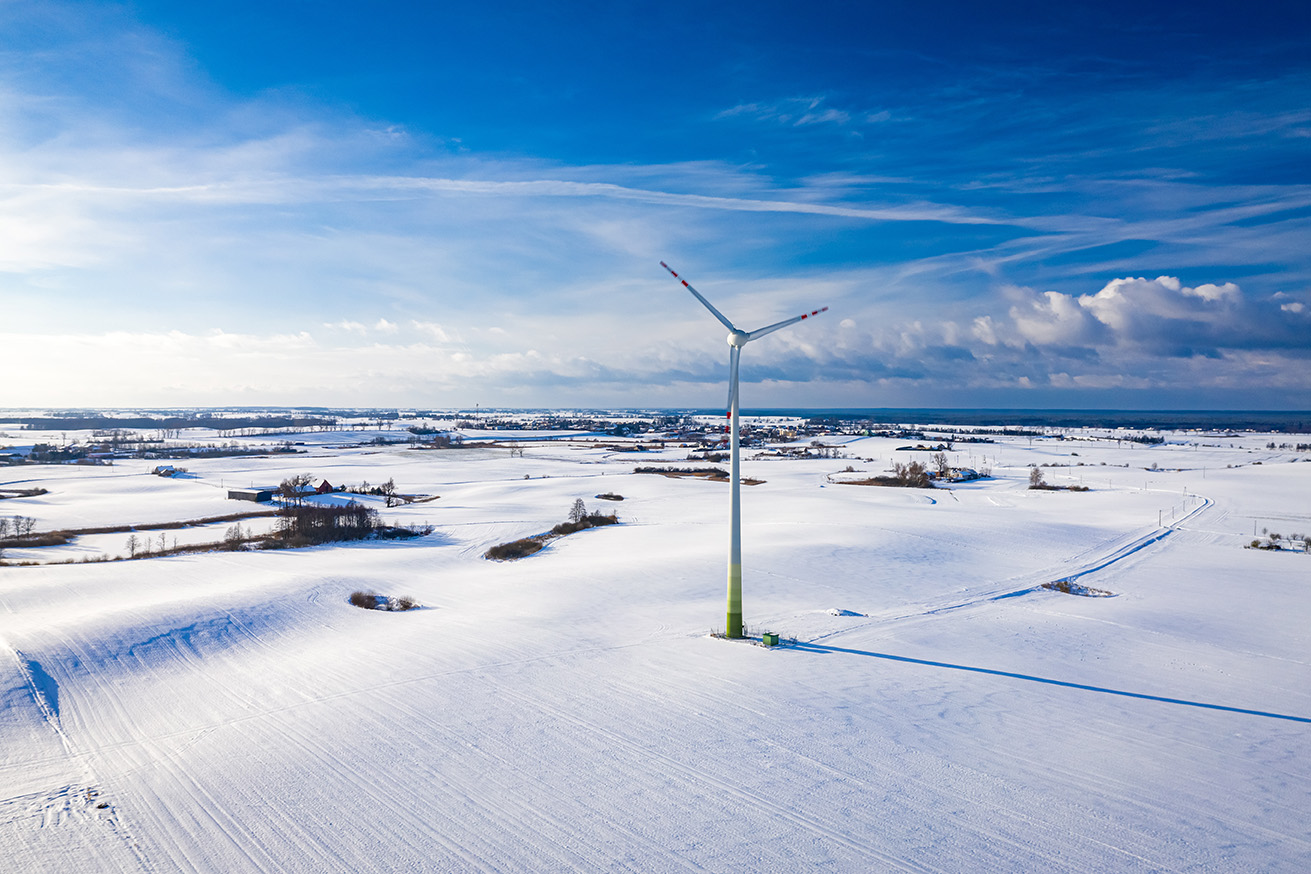
Ice presents a major problem for wind turbine blades in cold climates, but there is great potential for wind energy in those environments due to the favourable conditions.
Winter is supposed to be the best season for wind power – the winds are stronger, and since air density increases as the temperature drops, more force is pushing on the blades. But winter also comes with a problem: freezing weather.
Even light icing can produce enough surface roughness on wind turbine blades to reduce their aerodynamic efficiency, which reduces the amount of power they can produce
The solution is obvious: de-ice the wind turbine blades. The system consists of three elements :
Solid State Relays are used to control the heating elements.
Batteries are often used in OFF grid applications, for voltage stabilization, emergency power supply or safe mode supply in case of harsh conditions (storms…).
DC SSRs are used to switch charge and discharge.
celduc® relais supplies Solid State Relays & Contactors to companies manufacturing blades :
-Fiber and compound manufacturing
-Blade molding machines (using wire heaters controlled by AC SSR)
AC Solid State Relays designed for resistive loads AC-51 are used in these equipment.
celduc® relais also offers Solid State Relays and Magnetic Sensors to companies supplying accessories for wind turbines, such as :
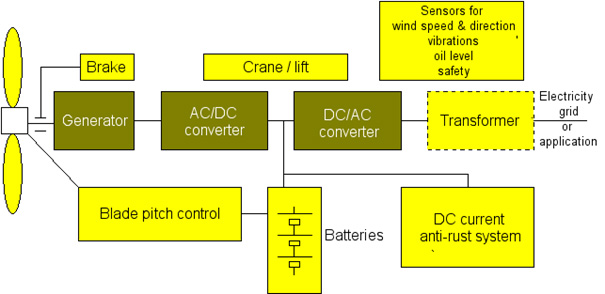
-Brakes
-Lifts
-Flash lamps
-Blade de-icing systems
-Cranes
-Anti-rust systems
-Blade Pitch control
 Biomass is another common form of renewable energy. Biomass is any natural substance such as wood, plant matter, gas from landfills and even municipal solid waste that contains stored energy from the sun.
Biomass is another common form of renewable energy. Biomass is any natural substance such as wood, plant matter, gas from landfills and even municipal solid waste that contains stored energy from the sun.
When those substances are burned, they release that energy, which can be used as heat.
Solid State Relays could have different uses in Pellets Boilers :
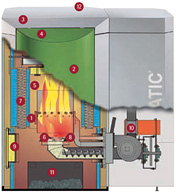
1 : Recirculation burner system
2 : PLC
3/9 : Access
4 : Display
5 : Combustion chamber
6 : Burner plate
7 : Cleaning system (SSR inside)
8 : Ignition (SSR inside)
10 : Fan and valves (SSR inside)
11 : Ashbox
Energy management, electric vehicles, solar or wind power stations or photovoltaic systems, is a market that is still far from reaching its peak potential. It seems highly unlikely that the trends towards renewable energy and alternative driving dynamics should grind to a halt anytime soon.
For electrical companies, this is a great opportunity, but it also calls for new solutions that can handle high loads in a way that is both efficient and safe.
Renewable energies are still a great opportunity for Solid State Relays. As these systems must work for years (often 10 year warrantee), people are looking for reliable products. But as these applications are very complex, it requires a technical support celduc® relais can bring. Do you need to be contacted by our technical experts ?